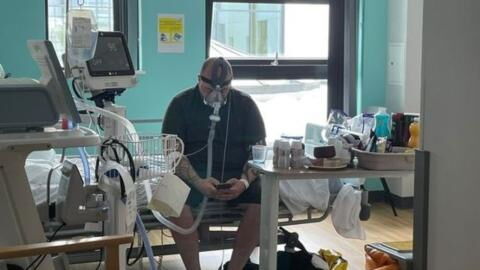As the NHS and other organisations deal with staff shortages owing to staff quarantining, there have been proposals to reduce the self-isolation period to five days, for people who test positive. However, the UK Health Security Agency (UKHSA) has warned that lowering COVID-19 isolation to five days will be counterproductive and worsen staffing shortages.
Discover our latest podcast
Currently, people who test positive in England can be released from isolation if they have a negative lateral flow test separated by 24 hours, on days six and seven. If they still test positive, they must spend ten days in isolation.
Following the USA
The self-isolation period was reduced from a full ten days just before Christmas, but there are now proposals to reduce it even further to five days, like in the United States. However, the UKHSA has warned that further reducing isolation could result in more individuals becoming sick. It explained in a blog post that when comparing self-isolation guidance in the UK and the US, there is a difference. The UKHSA stated that they are not comparing like with like.
The clock for self-isolation in the United Kingdom begins when a person gets COVID-19 symptoms or receives a positive test, whichever comes first. In the United States, however, self-isolation starts for five days after receiving a positive test, which may occur several days after the onset of symptoms.
Change in self-isolation period
According to the UKHSA, in some situations, such as hospitals, reducing the self-isolation period could, in fact, increase staff shortages if more people are affected. According to the UKHSA,
Depending on how soon after developing symptoms they received their PCR or lateral flow test result, and the result of their lateral flow test on that day.
As a result, the agency believes that reducing the isolation duration to less than seven days, which includes end-of-isolation assurance testing, would be counterproductive. The UKHSA stated that it will continue to evaluate its position on self-isolation as additional research becomes available. Simultaneously, the government would assess the impact of isolation policies on essential sectors. It further added,
Our assessment may change as we continue to learn more about the features of the Omicron variant compared to, for example, the Delta variant.
According to the agency, the current strategy of permitting people to leave isolation after two negative tests on days six and seven is the best approach at the moment. It is believed to support the people who are,
Unlikely to be infectious to go back to work and resume other activities, but continues to protect the wider population from infection.















